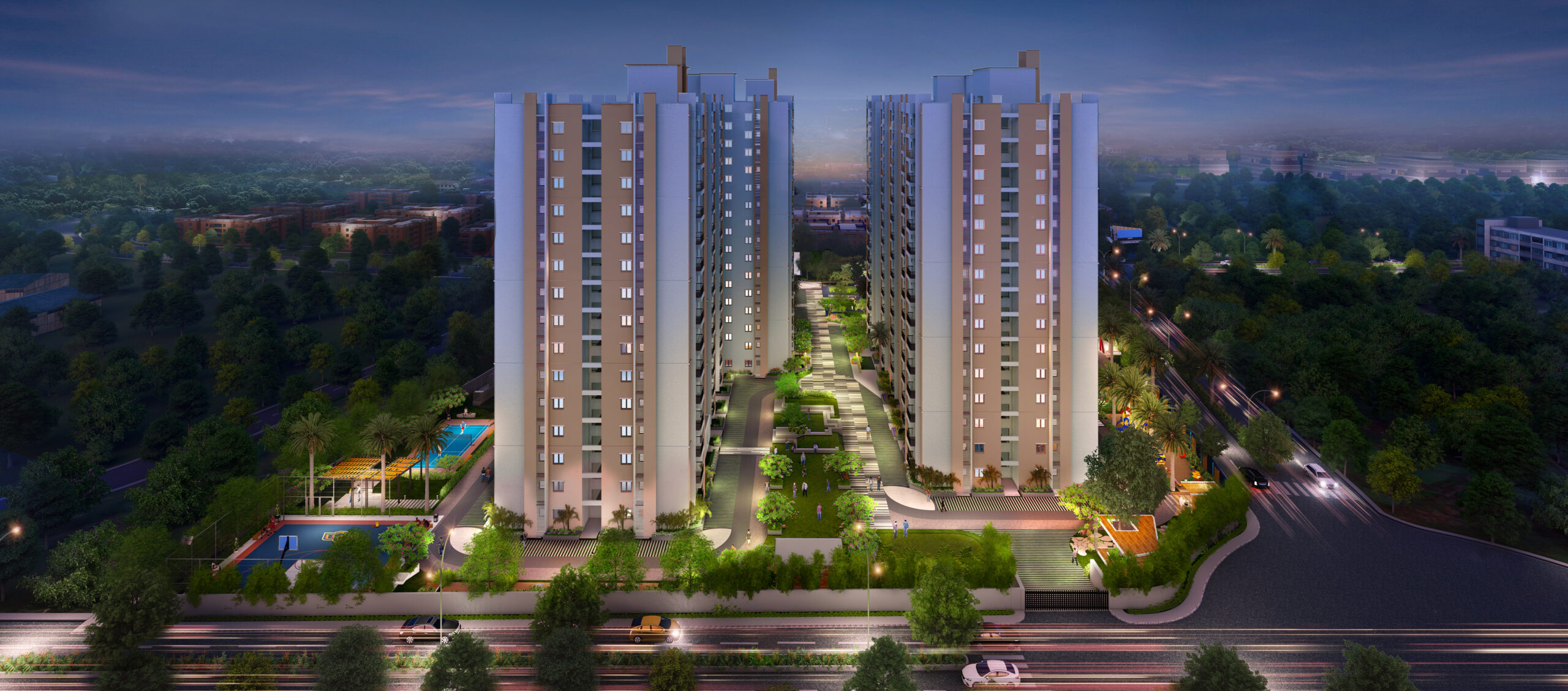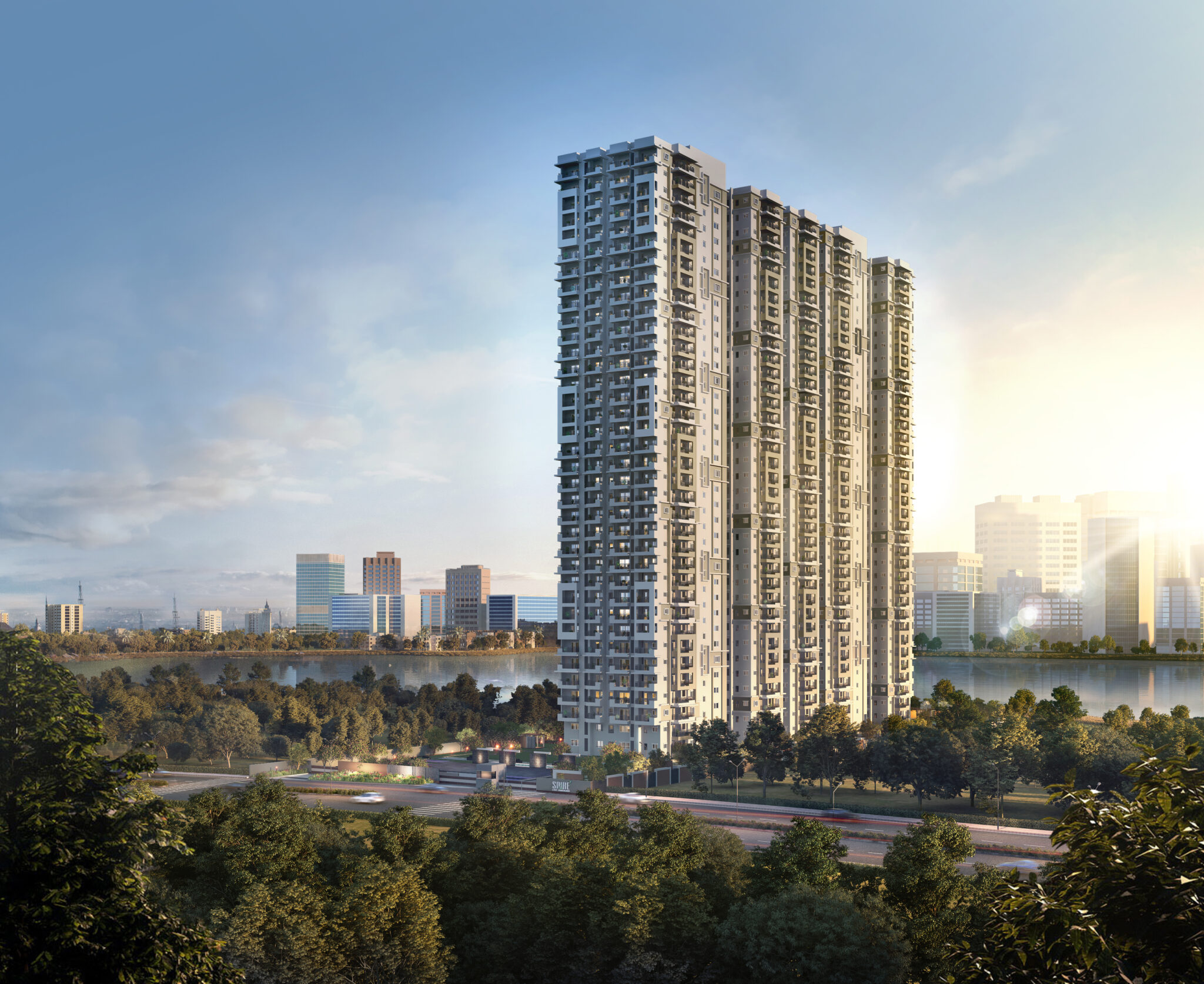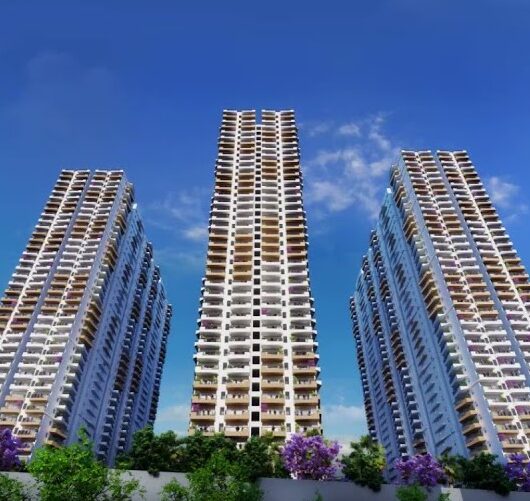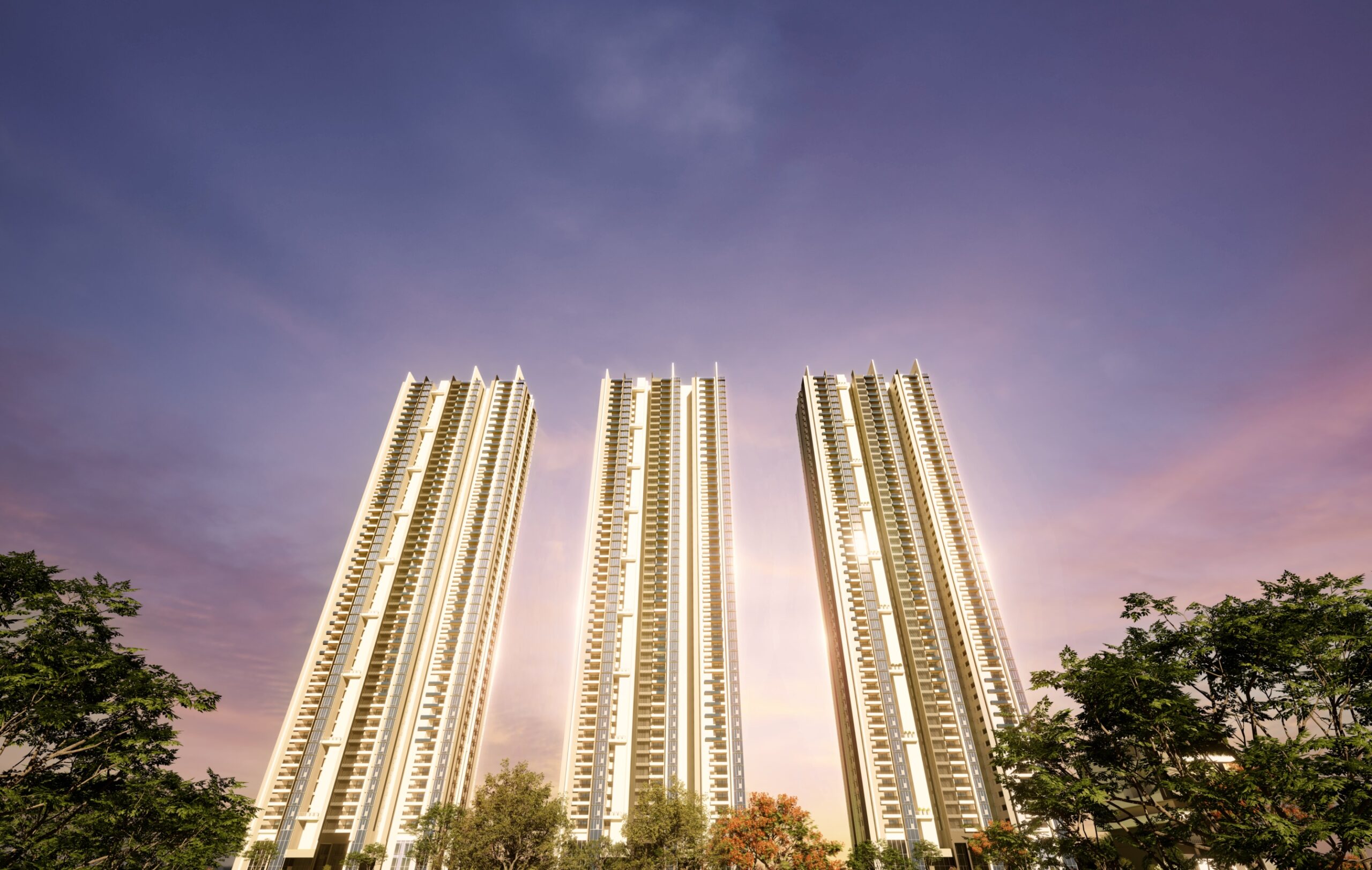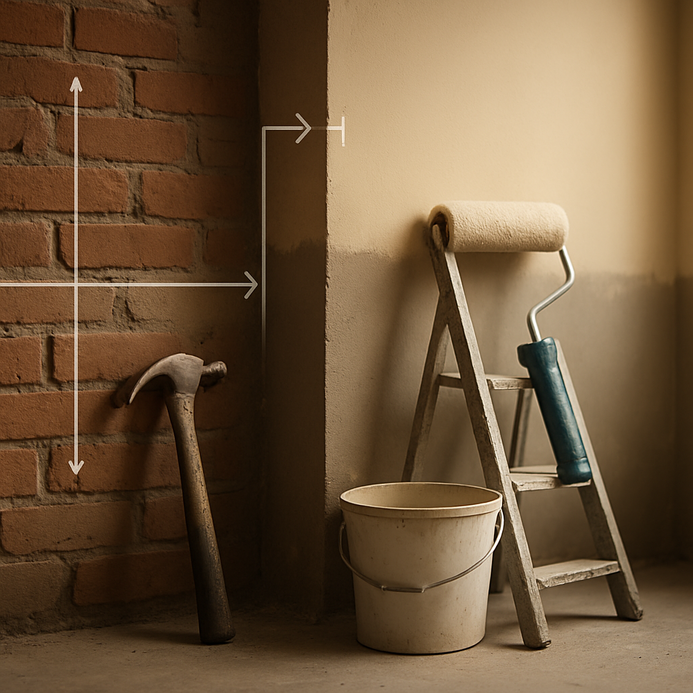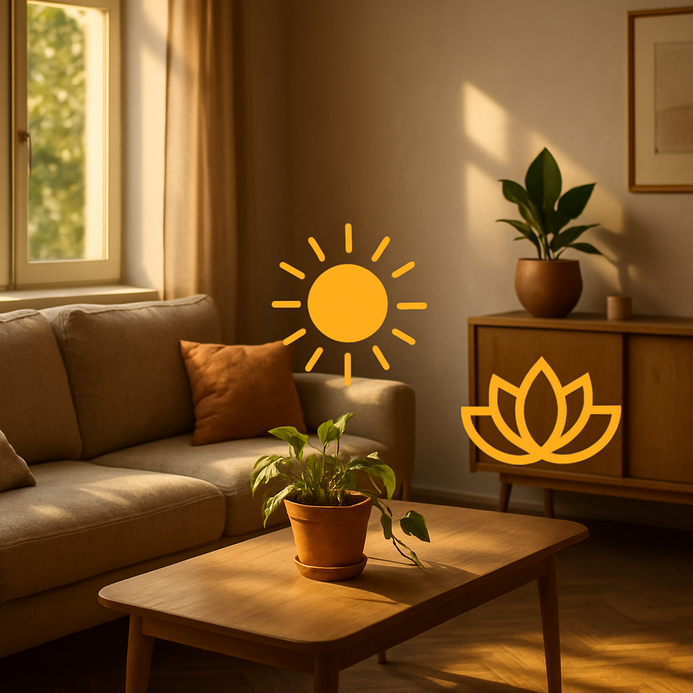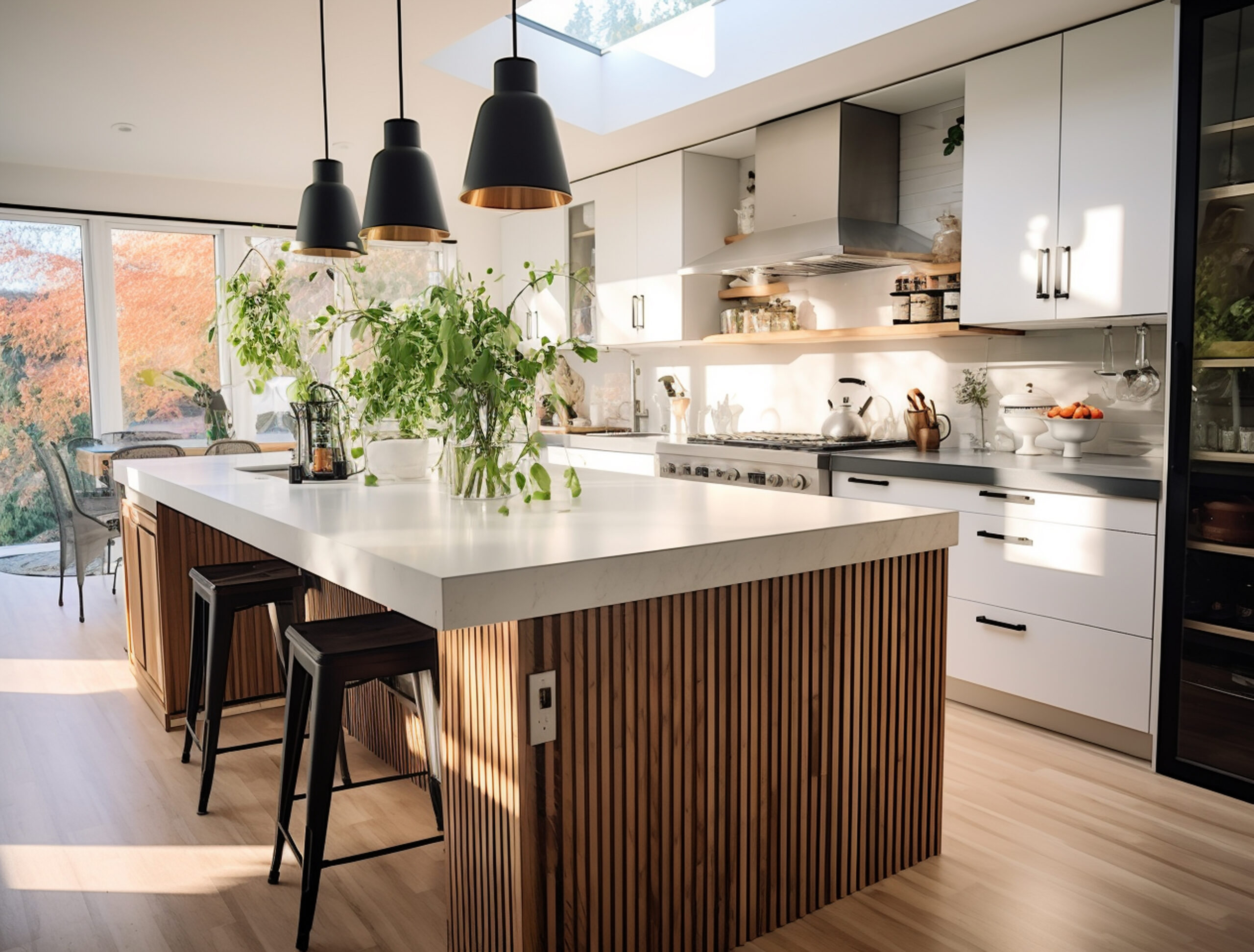A Guide to Vastu Zones and Colours for Optimal Living
- 1 Introduction to Vastu Shastra in Home Design
- 2 Importance of Vastu Zones and Colors in Indian Homes
- 3 Understanding Vastu Zones: Layout and Functionality
- 4 Best Colors for Bedroom Walls According to Vastu
- 5 Harmonizing Dining Room Colors with Vastu Principles
- 6 Vastu-Compliant Living Room Color Schemes for Positive Energy
- 7 Choosing the Right Colors for the Kitchen as per Vastu Guidelines
- 8 Incorporating Vastu Colors into Home Decor Accessories
- 9 Conclusion
Introduction to Vastu Shastra in Home Design
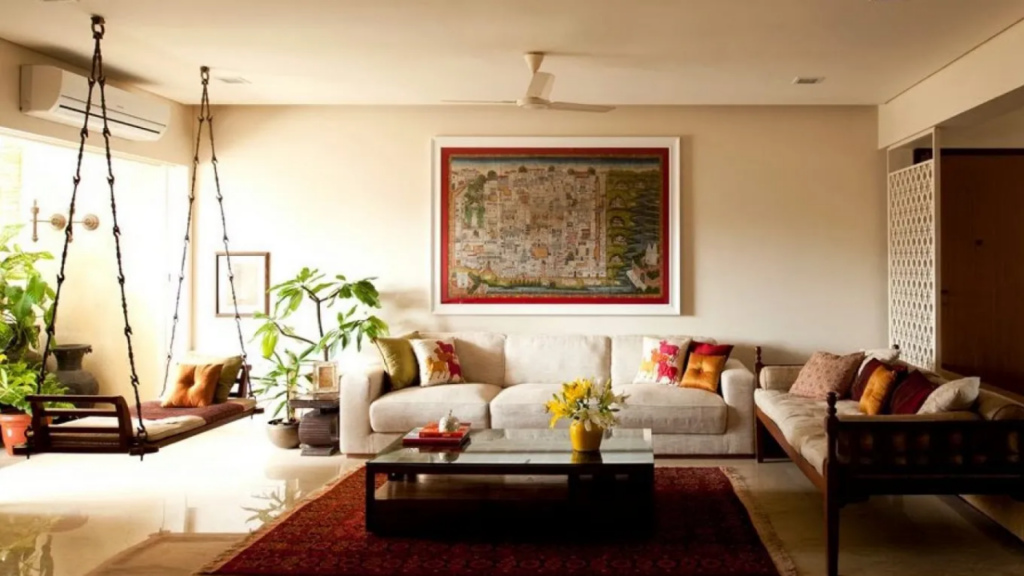
Imagine your home as more than just walls and roofs—it’s a sanctuary, a haven where you find solace, joy, and connection. That’s the essence of Vastu Zones and Colours, an ancient Indian wisdom that beautifully blends architecture with spirituality to create spaces that feel truly alive.
Think of Vastu Shastra as your trusted companion, guiding you through the intricate dance between your home and the universe. It’s like having a wise old friend who whispers secrets of harmony and balance into your ear, urging you to listen to the rhythms of nature as you design your living space.
Picture this: every corner of your home has a purpose, a unique energy that flows through it like a gentle breeze or a sparkling stream. From the cozy nook where you unwind after a long day to the bustling kitchen where laughter and love fill the air, each area is carefully orchestrated to bring you closer to the essence of life.
But Vastu Shastra isn’t just about arranging furniture or painting walls—it’s about infusing every nook and cranny with love and intention. It’s about honoring the ancient wisdom passed down through generations, weaving it into the very fabric of your home so that every time you step inside, you feel a deep sense of peace and belonging.
In the pages that follow, we’ll embark on a journey through the enchanting world of Vastu Shastra, exploring how you can transform your home into a sanctuary of love and harmony. From choosing the perfect colors for your bedroom walls to creating a kitchen that nourishes both body and soul, we’ll uncover the timeless principles that can help you design a home that feels like a warm embrace—a place where you can truly be yourself. So, let’s dive in and discover the magic of Vastu Shastra together!
Importance of Vastu Zones and Colors in Indian Homes
Your home is a canvas, and each room is a brushstroke, contributing to a masterpiece of harmony and balance. That’s the magic of Vastu zones. Vastu zones refer to specific areas within a building or a plot of land that are believed to have different energies or influences according to Vastu Shastra, an ancient Indian science of architecture. In Vastu, the layout and orientation of a building are considered crucial for ensuring harmony and balance with the surrounding environment.
Understanding Vastu Zones: Layout and Functionality
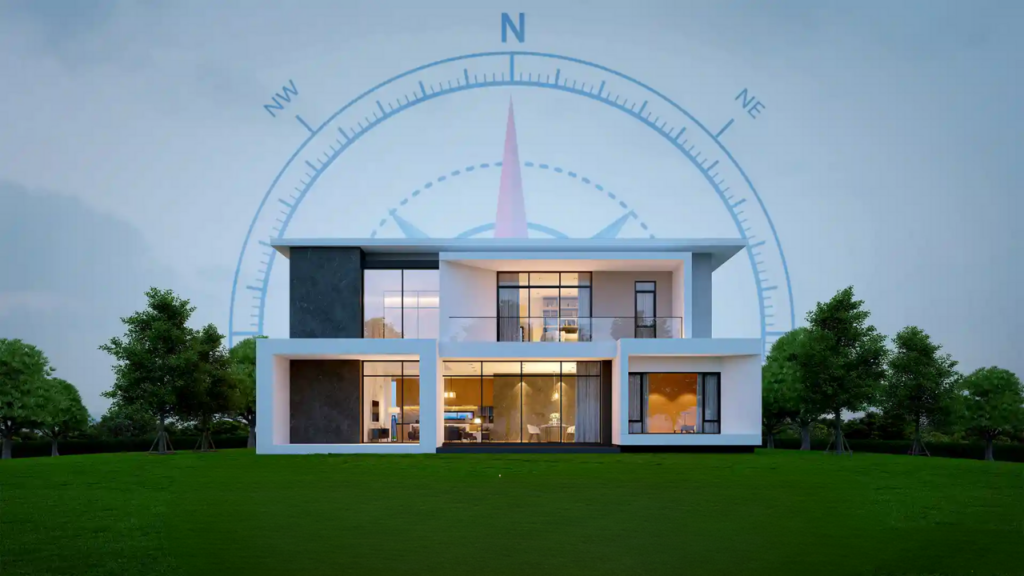
- North (Uttara): This direction is like a fertile field where seeds of prosperity and abundance can grow. When you position your entrance in the north, you’re essentially inviting wealth and opportunities to flow into your life. It’s not just about physical wealth but also the richness of experiences and connections.
- South (Dakshina): Just as the south direction provides a strong foundation for the sun to rise, it represents the backbone of your home. It’s a place of stability and resilience, where the warmth of family gatherings and the steady hum of daily life find their equilibrium. Kitchens and electrical utilities, often associated with fire, find their natural place here, fostering harmony and nourishment.
- East (Purva): Imagine the soft glow of dawn breaking through your windows, gently nudging you awake. The east is the realm of new beginnings and fresh starts, where each sunrise whispers promises of vitality and success. By orienting key spaces towards the east, you infuse your home with the energy needed to seize each day with enthusiasm and purpose.
- West (Paschim): As the sun sets in the west, it paints the sky with hues of creativity and camaraderie. This direction is where your imagination takes flight, where ideas flow freely, and where bonds with friends and family deepen. Whether it’s a cozy living room where stories are shared or a study corner where inspiration strikes, the west nurtures the creative spirit within you.
- Northeast (Ishanya): Close your eyes and breathe in the tranquility of the northeast breeze. This corner is a sanctuary for your soul, a sacred space where you can retreat into introspection and inner peace. Whether you designate it as a meditation room, a study nook, or a corner for quiet reflection, the northeast fosters spiritual growth and wisdom.
- Southeast (Agneya): Feel the pulse of energy in the southeast, where passion and ambition ignite like a roaring flame. This is the domain of action and drive, where the kitchen—the heart of your home—buzzes with activity. By harnessing the fiery energy of the southeast, you fuel your aspirations and propel yourself towards your goals.
- Southwest (Nairitya): Like the sturdy roots of an ancient oak tree, the southwest corner embodies strength, stability, and security. It’s where you seek solace after a long day, where you find comfort and rejuvenation in the embrace of your bedroom. By creating a nurturing haven in the southwest, you fortify yourself against life’s challenges and lay the groundwork for lasting well-being.
- Northwest (Vayavya): Imagine the northwest as a crossroads where connections are made and friendships blossom. This direction is alive with the laughter of guests and the warmth of shared moments. Whether you designate it as a welcoming foyer or a cozy guest room, the northwest corner invites others into your life and enriches your social sphere.
Best Colors for Bedroom Walls According to Vastu
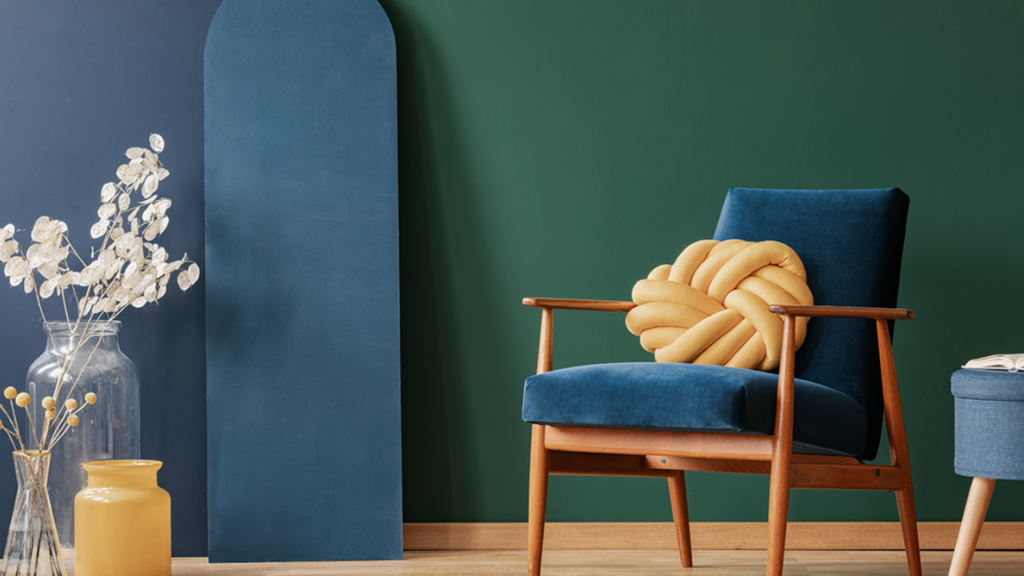
- Soft Pastels: Picture waking up to the gentle embrace of a light blue sky or the delicate blush of a pale pink sunrise. These soft pastel colors create a cozy sanctuary in your bedroom, inviting you to unwind and drift off into peaceful dreams.
- Neutral Tones: Imagine wrapping yourself in a cocoon of serenity with walls painted in soothing shades of beige or ivory. Neutral tones like these create a blank canvas for relaxation, allowing you to escape the chaos of the outside world and find solace in your own personal oasis.
- Earth Tones: Visualize the warm embrace of earthy browns and terracotta hues enveloping you like a cozy hug. These grounding colors connect you to the natural world, instilling a sense of stability and security that promotes deep, restorative sleep.
- Subdued Greens: Let your mind wander through a tranquil forest as you surround yourself with soft shades of sage and mint green. Green is the color of renewal and growth, infusing your bedroom with a sense of vitality and harmony that encourages relaxation and rejuvenation.
- Warm Whites: Envision basking in the soft glow of candlelight against walls painted in warm white tones with subtle hints of yellow or peach. These inviting colors wrap you in a blanket of comfort, creating a welcoming retreat where you can unwind and recharge.
- Light Gray: Picture the understated elegance of a light gray sky just before dusk, casting a serene ambiance over your bedroom. Gray is a versatile color that exudes sophistication while still maintaining a sense of calm and tranquility, providing the perfect backdrop for a restful night’s sleep.
Harmonizing Dining Room Colors with Vastu Principles
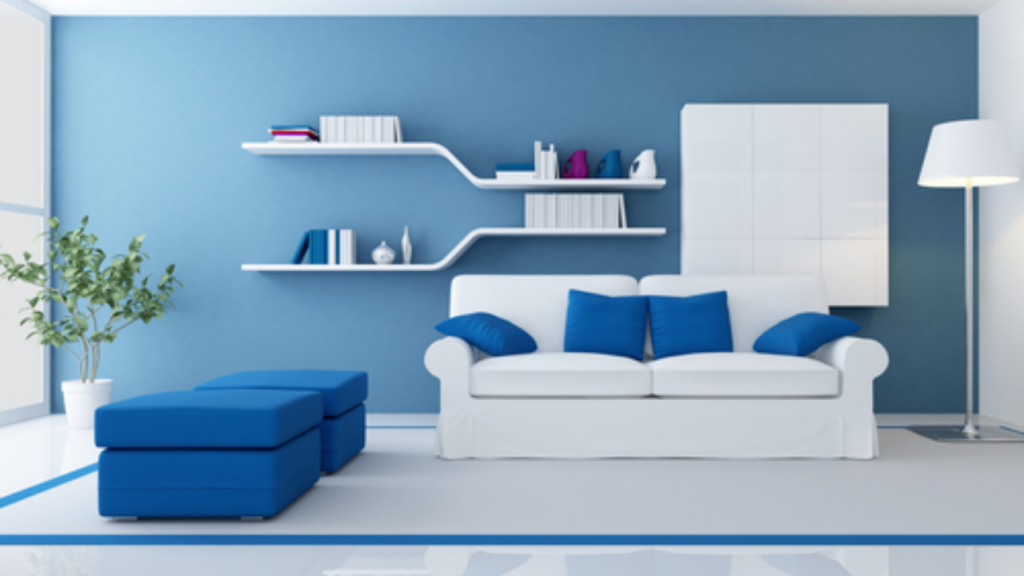
- Warm Inviting Hues: Imagine walking into your dining room and being greeted by walls painted in soft, sun-kissed yellows or the cozy glow of warm oranges. These colors wrap your dining space in a cheerful embrace, inviting laughter and shared moments around the table.
- Soothing Greens: Picture the tranquility of a lush garden as you surround yourself with shades of serene greens like sage or olive. These hues infuse your dining room with a sense of calmness and balance, creating the perfect backdrop for relaxed and enjoyable meals with loved ones.
- Earthy Neutrals: Envision the understated elegance of neutral tones like beige or taupe, creating a canvas of warmth and comfort in your dining area. These earthy hues provide a versatile backdrop for your dining decor, allowing your culinary delights to shine.
- Soft Blues: Picture the gentle sway of a clear blue sky reflected in the hues of your dining room walls. Soft blues bring a sense of serenity and openness to the space, encouraging meaningful conversations and harmonious connections over meals.
- Vibrant Accents: Add a splash of personality to your dining room with vibrant accents like bold table linens or colorful artwork. These pops of color inject energy and liveliness into the space while still maintaining a sense of balance and harmony.
- Natural Elements: Imagine bringing the beauty of nature indoors with wooden furniture, potted plants, or stone accents. These natural elements not only add visual interest but also create a grounding presence in your dining room, fostering a sense of connection and well-being.
Vastu-Compliant Living Room Color Schemes for Positive Energy
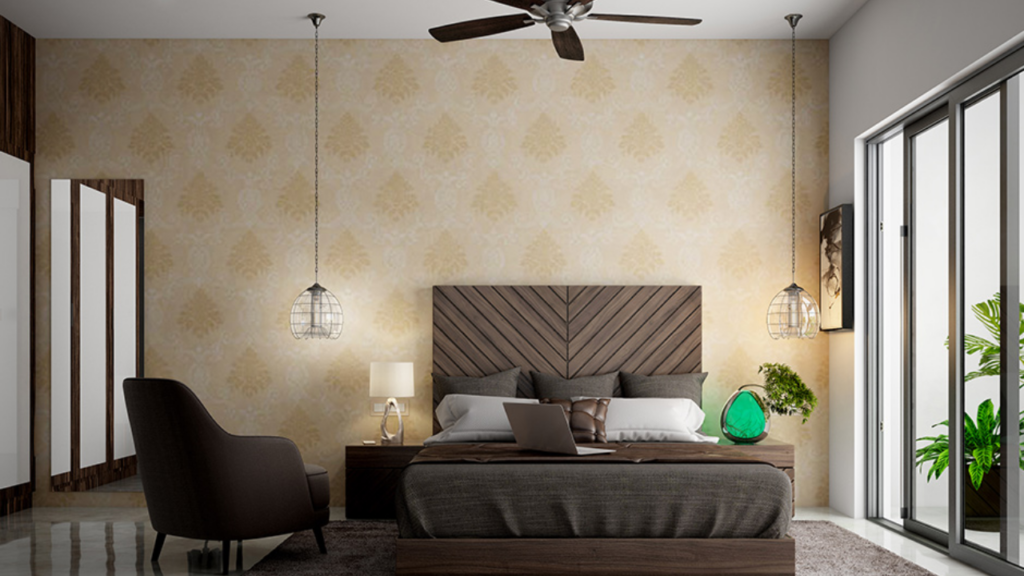
- Soothing Whites and Creams: White and cream colors symbolize purity, serenity, and clarity. They create an open and airy atmosphere in your living room, allowing positive energy to flow freely. These neutral tones also provide a versatile backdrop for furniture and decor, allowing you to easily change the look of your space.
- Earthy Tones: Shades of brown, beige, and taupe are grounding colors that evoke a sense of stability and security. They connect your living room to the earth element, promoting a feeling of balance and harmony. Incorporating natural materials like wood and stone further enhances the earthy vibe and adds warmth to the space.
- Soft Blues and Greens: Soft blues and greens, reminiscent of the sky and nature, bring a sense of tranquility and relaxation to your living room. These colors are ideal for creating a calming environment where you can unwind and recharge after a busy day. Lighter shades of blue and green can make your space feel more expansive, while darker hues add depth and richness.
- Warm Yellows and Golds: Yellow is associated with happiness, positivity, and vitality. Warm shades of yellow and gold can brighten up your living room and uplift your mood. These sunny colors create a welcoming and cheerful atmosphere, making your space feel inviting and energizing. However, it’s essential to use these colors in moderation to avoid overwhelming the senses.
- Soft Grays and Lavenders: Soft grays and lavenders are soothing colors that promote relaxation and peace of mind. They add a touch of elegance and sophistication to your living room while encouraging a sense of tranquility and introspection. These colors are particularly suitable for creating a cozy and intimate atmosphere, perfect for quiet evenings spent with family or friends.
Choosing the Right Colors for the Kitchen as per Vastu Guidelines
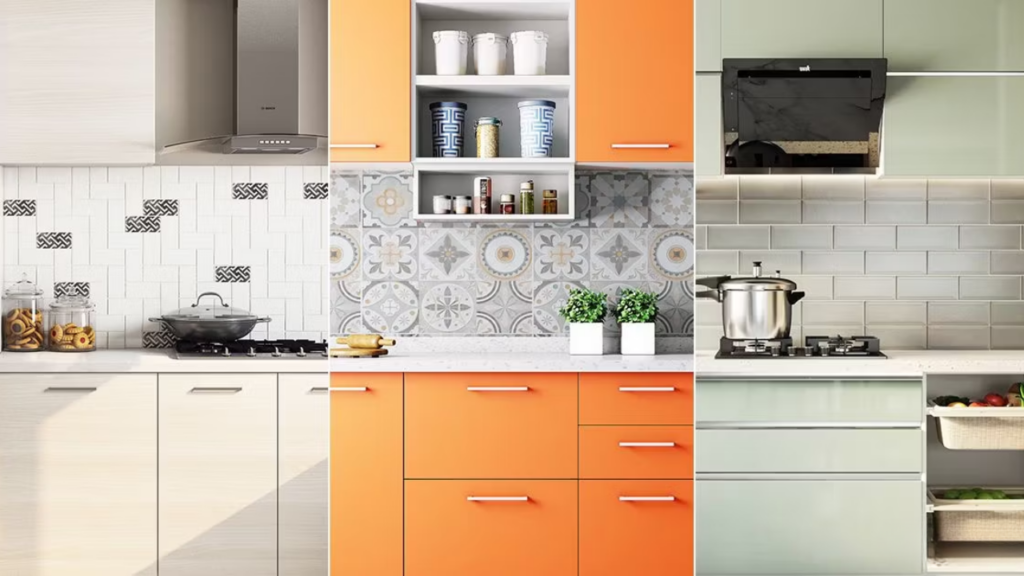
- Yellow: Yellow is associated with the element of fire and is believed to stimulate the appetite and promote positivity in the kitchen. Soft shades of yellow can create a warm and inviting atmosphere, encouraging joyful interactions and enhancing the cooking experience.
- Orange: Like yellow, orange is also associated with the fire element and is known to evoke feelings of warmth, creativity, and enthusiasm. Using shades of orange in the kitchen can add a vibrant and energetic vibe, making it an ideal color choice for areas where food preparation and socializing take place.
- Red: Red is a bold and energetic color that symbolizes passion, vitality, and prosperity. In the kitchen, red can stimulate the senses and increase energy levels, making it an excellent choice for accent walls or accessories. However, it’s essential to use red in moderation to avoid overwhelming the space.
- Green: Green represents the element of wood and is associated with growth, harmony, and abundance. Soft shades of green, such as sage or mint, can create a refreshing and rejuvenating atmosphere in the kitchen, promoting health and well-being. Green also has a calming effect on the mind and can help reduce stress while cooking.
- White: White symbolizes purity, cleanliness, and clarity, making it a popular choice for kitchen walls and cabinets. White reflects light and creates an airy and spacious feel, making your kitchen appear brighter and more inviting. It also provides a neutral backdrop for adding colorful accents and accessories.
- Brown: Brown is associated with the earth element and is known for its grounding and stabilizing properties. Shades of brown, such as beige or taupe, can create a cozy and nurturing atmosphere in the kitchen, fostering a sense of security and stability. Brown is often used for kitchen cabinets, countertops, and flooring to add warmth and depth to the space.
Incorporating Vastu Colors into Home Decor Accessories
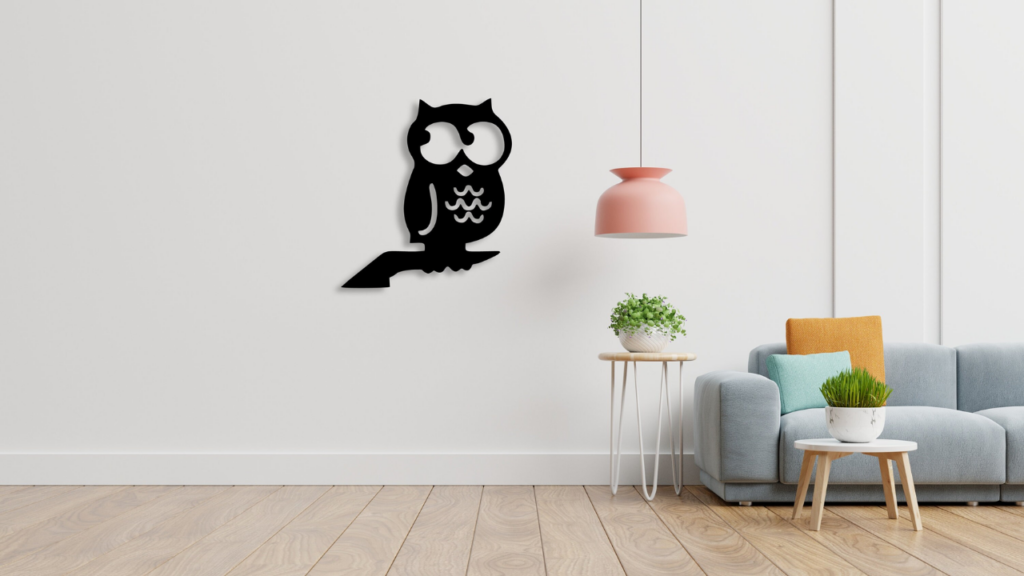
Choose accessories such as cushions, rugs, curtains, and wall art in Vastu colors. These colors include:
- White: Represents purity and clarity, ideal for accessories in the west or northwest areas of your home.
- Yellow: Signifies warmth and positivity, suitable for accessories in the northeast or southwest areas.
- Green: Symbolizes growth and harmony, perfect for accessories in the east or southeast areas.
- Blue: Reflects calmness and tranquility, suitable for accessories in the north or northeast areas.
- Red: Represents energy and passion, ideal for accessories in the south or southeast areas.
- Purple: Signifies luxury and spirituality, suitable for accessories in the northwest or northeast areas.
- Balance the Colors: Ensure a balance of Vastu colors throughout your home. You don’t have to use all colors equally, but try to maintain a harmonious distribution based on the specific Vastu zones.
- Natural Elements: Incorporate natural elements such as plants, flowers, or stones in Vastu colors to bring balance and positive energy into your home. For example, placing green plants in the east or southeast areas can enhance prosperity and growth.
- Artwork and Decorative Items: Choose artwork or decorative items that feature Vastu colors or symbols related to prosperity, abundance, or positivity. This could include paintings, sculptures, or decorative pieces with motifs that align with Vastu principles.
- Lighting: Use lighting fixtures that emit warm, inviting light in Vastu colors. Soft yellow or orange hues can create a cozy atmosphere, while natural daylight through windows can also enhance the energy flow in your home.
- Personal Preference: While Vastu colors are recommended for creating a harmonious living environment, it’s also essential to consider your personal preferences and the overall aesthetic of your home. You can incorporate Vastu colors subtly or prominently based on what aligns best with your style and taste.
Conclusion
So, whether you’re embarking on a new home design project or simply looking to infuse your current space with a little more love and intention, remember this: you hold the keys to creating a home that reflects your unique spirit and nourishes your soul. With every color choice, every arrangement of furniture, and every thoughtful touch, you have the opportunity to craft a living environment that not only supports your physical needs but also uplifts your spirit and fills your heart with warmth.
So, let’s embrace the magic of Vastu Shastra and let it guide us as we journey toward creating homes that are as beautiful and vibrant as the lives we lead. Together, we can unlock the full potential of our living spaces and cultivate environments that bring us joy, peace, and a deep sense of belonging. Here’s to the transformative power of Vastu Shastra and the endless possibilities it offers for creating homes that truly feel like home. Cheers to a future filled with love, laughter, and the timeless wisdom of ancient traditions.
